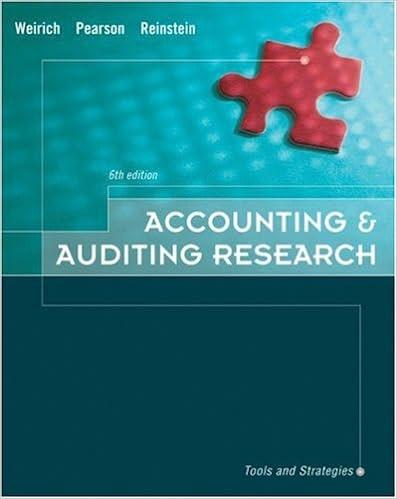The company has created an activity-based costing system to evaluate the profitability of its products. Hi-Tek's ABC implementation team concluded that $56,000 and $106,000 of the company's advertising expenses could be directly traced to B300 and T500, respectively. The remainder of the selling and administrative expenses was organization-sustaining in nature. The ABC team also distributed the company's manufacturing overhead to four activities as shown below: Required: 1. Compute the product margins for the B300 and T500 under the company's traditional costing system. 2. Compute the product margins for B300 and T500 under the activity-based costing system. 3. Prepare a quantitotive comparison of the traditional and activity-based cost assignments. Complete this question by entering your answers in the tabs below. Compute the product margins for 8300 and TS00 under the activity-based costing system. (Negative product margins shouid be indicated by a minus sign. Round your intermediate calculations to 2 decimal places.) places and "Percentage" answers to 1 decimal place and and other answers to the nearest whole dollar amounts.) \begin{tabular}{|c|c|c|c|c|c|c|} \hline & \multicolumn{2}{|c|}{B300} & \multicolumn{3}{|c|}{T600} & Total \\ \hline & \multirow[b]{2}{*}{ Amount } & % of & \multirow[b]{2}{*}{ Amount } & \multicolumn{2}{|l|}{% of } & \multirow[b]{2}{*}{ Amount } \\ \hline & & & & & & \\ \hline \multicolumn{7}{|l|}{ Traditional Cost System } \\ \hline & & % & & % & x3 & \\ \hline & & % & & % & &. \\ \hline & & % & & % & % & \\ \hline \multirow[t]{2}{*}{ Total cost assigned to products : } & $ & & 5 & . & & 5 \\ \hline & = & & : & & & \\ \hline \multirow[t]{4}{*}{ Total cost } & & & & & & 0 \\ \hline & \multicolumn{2}{|c|}{ B360 } & \multicolumn{3}{|c|}{T500} & Totas \\ \hline & & * of & & \multicolumn{2}{|l|}{% of } & \\ \hline & Amount & Total Amount & Amount & \multicolumn{2}{|l|}{ Total Amount } & Amount \\ \hline Activity-Based Costing System & - & & & & & \\ \hline \multicolumn{7}{|l|}{ Direct costs: } \\ \hline+ & & % & & & \%) & \\ \hline & & % & & & % & \\ \hline & & % & & & % & \\ \hline \multicolumn{7}{|l|}{ Indirect costs: } \\ \hline & & % & & & % & \\ \hline+ & & % & & & & \\ \hline & & % & & & % & \\ \hline Total cost assigned to products & 5 & & $ & & & 0 \\ \hline \multicolumn{7}{|l|}{ Costs not assigned to products: } \\ \hline & & & & & & \\ \hline1 & & & & & & \\ \hline Totai cost & & & & & & $ \\ \hline \end{tabular} H.-Tek Manufacturing, Inc, makes two types of industrial component parts-the 8300 and the T500. An absorption costing income statement for the most recent period is shown: H.Tek produced and sold 60,500 units of 8300 at a price of $19 per unit and 12,700 units of T500 at o price of $40 per unit. The company's traditional cost system allocates manufacturing ovorhead to products using a plantwide overhead rate and direct labor dollars as the allocation base. Additional information relating to the company's two product lines is shown below The company has created an activity-based costing system to evaluate the profitability of its products. Hi-Tok's ABC implementation team concluded that $56.000 and $106.000 of the company's advertising expenses could bo directly traced to 8300 and TSOO, respectively. The remainder of the selling and administrative expenses was organization-sustaining in nature. The ABC team also distributed the company's manufacturing overhead to four activities as shown below: Required: distributed the company's manufacturing overhead to four activities as shown below: Required: 1. Compute the product margins for the 8300 and T500 under the company's traditional costing system. 2. Compute the product margins for B300 and T500 under the activity-based costing system. 3. Prepare a quantitative comparison of the traditional and activity-based cost assignments. Complete this question by entering your answers in the tabs below. Compute the product margins for the B300 and T500 under the company's traditional costing system. (Round your intermediate calculations to 2 decimal places and final answers to the nearest whole dollar amount.)










